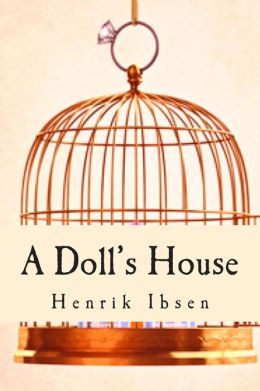
The anticipation and excitement of beginning a new text always invigorates me in my classroom. It feels like a fresh start, a chance to really create some magic in my classroom. I always think, is this going to be the text that they remember 10 years from now? My students do not always share my enthusiasm, but there is something electrifying about holding that brand new book in your hands.
For years, I spent days teaching about the author’s life, the historical context, the social causes, and so on and so on. I loved it – I think I may have been the only one. My diligent students would laboriously take notes and act engaged. My less motivated students would stare at me with glassy eyes as I went on and on. I was committing what Kelly Gallagher so famously phrased as “Readicide” in his 2009 book. I was doing all of the heavy lifting, and my students were quickly tossing that new book aside. After all, I was telling them everything (I thought) they needed to know on the front end, so why even open the text?
After lots of reading and reflecting over the years, I have abandoned the “Death by PowerPoint” as a pre-reading strategy. However, I still want to engage my learners in the language and I want them to create connections among societal influences, historical influences, and authorial influences. I also want them to get excited about the text itself.
While attending the incredible Summer Academy at the Folger Shakespeare Library in 2015, I was introduced to an activity called two-line scenes. It was actually my first performance in that incredible theatre, and I was terrified. To calm my nerves I kept telling myself, it is just one line and I have a partner, so I can make this happen. It was awesome.
As a Pre-Reading Strategy:
Most of you may have used two-line scenes with Shakespeare, but it has worked so well for other texts in my classroom. As a warmup to prepare for reading Henrik Ibsen’s A Doll’s House, students are given a random line from the play and in pairs, they create a scene. Students are given no guidelines on performance, but must decide on a tone word based on the words and a way to stage the scene. They figure out who will speak first, stage directions, props, etc. As students perform, as we discuss as a class we begin to pick up on patterns, emerging themes, ideologies, author’s purpose, etc. Students immediately begin to notice things. They are close reading on their feet and making predictions about the play itself and the questions begin flying. This allows me to have a more organic conversation about the author, time period, historical influences, etc. and they are doing the work – and having fun!

From Performance to Paper in Pre-Reading:
After performances, students can extend their thinking in a number of ways. My creative students always want to write an additional scene with two more lines. Let them! They can create their own two lines scenes as an extension of the lines you gave them, using the two lines as a model text. In a quick write, students can reflect on what they are expecting within the play and questions that they have about the author, time period, or historical context.
As a Post-Reading Strategy with Longer Fiction:
Two-line scenes can also work with fiction. This is where students do much of the work on their own. After reading Kate Chopin’s The Awakening, students form pairs and are instructed to choose what they believe are the two most significant lines that are crucial to understanding the text. You can filter this in a number of ways. Students can choose lines based on characterization, themes, conflicts, etc. Students create a scene based on their chosen lines, and the entire class generates one word about the performance. You may have to scaffold this a bit if the students aren’t creating enough depth with the words, but I always like to see what they come up with. They need to aim for words that have layered meanings in order to effectively transition into some kind of theme. These words then help us move towards writing and understanding the meaning of the work as a whole.
From Performance to Paper in Post-Reading:
After performances, students have lists of words to choose from as they begin to shape a piece of writing about the meaning of the work as a whole. They can choose one word to act as an anchor to a writing piece, or they can create something more informal such as how this word connects with their own experiences. Either way, if you have them writing in a way that is authentic and can connect a text to a shared human experience – they are absorbing the power of language and literature!

Comments
“Death by Power Point” as a prereading strategy I am so guilty of this. I want to use the two line activity for our first novel, Gatsby. Sounds like the activity translated well to texts beyond Shakespeare- I’m encouraged by your experience! Thank you for sharing!
Holland Henderson — July 29, 2017